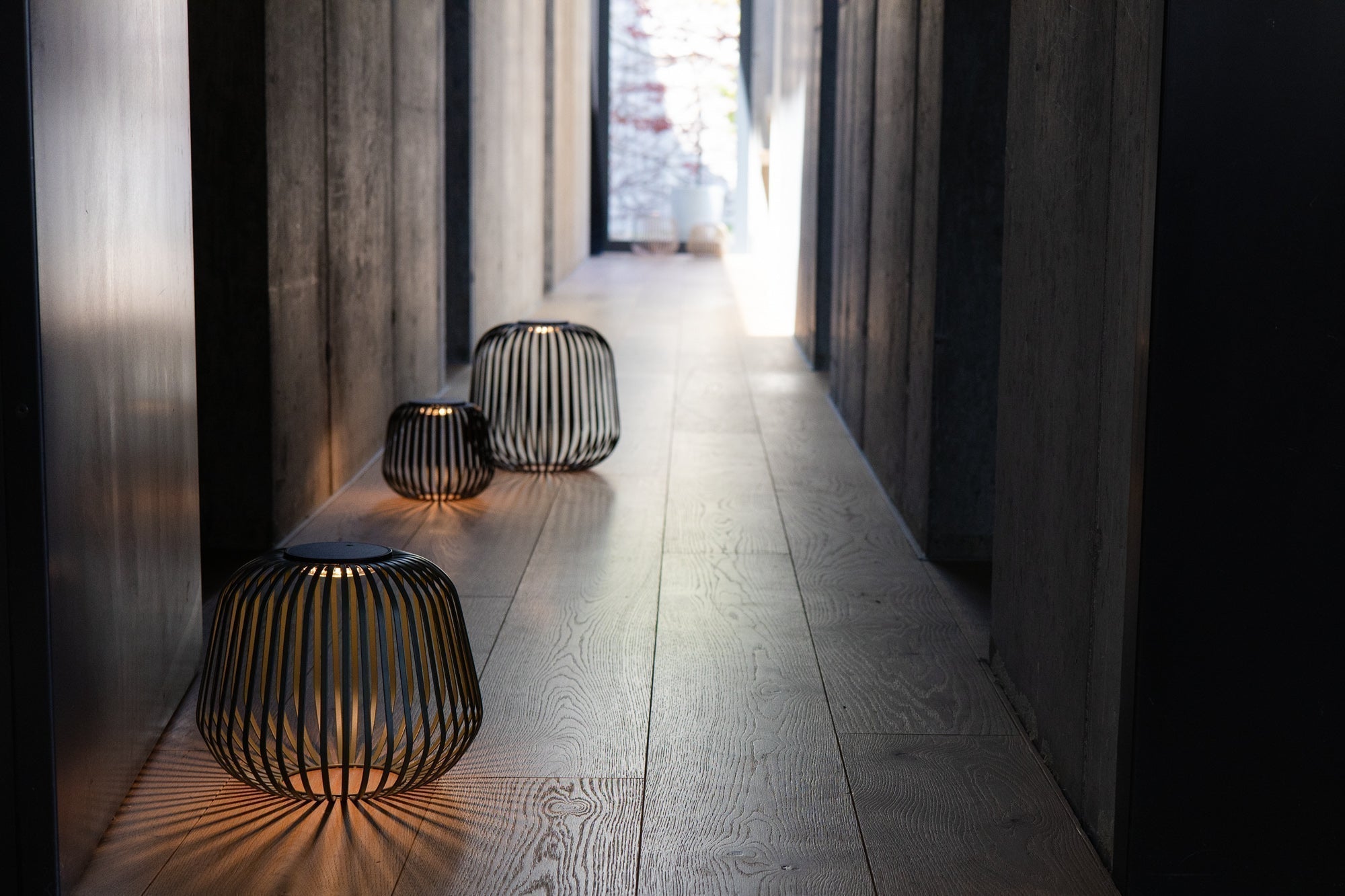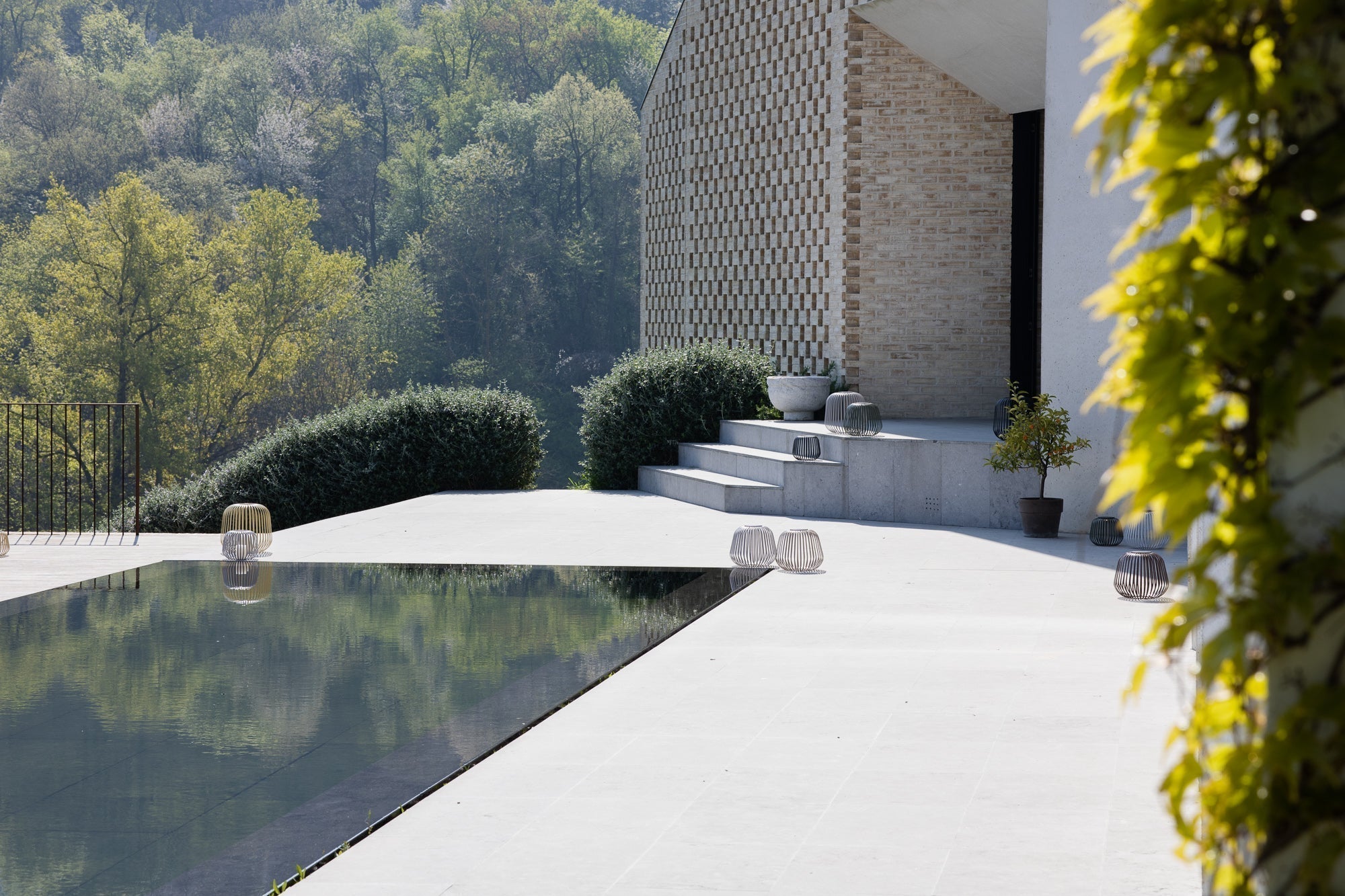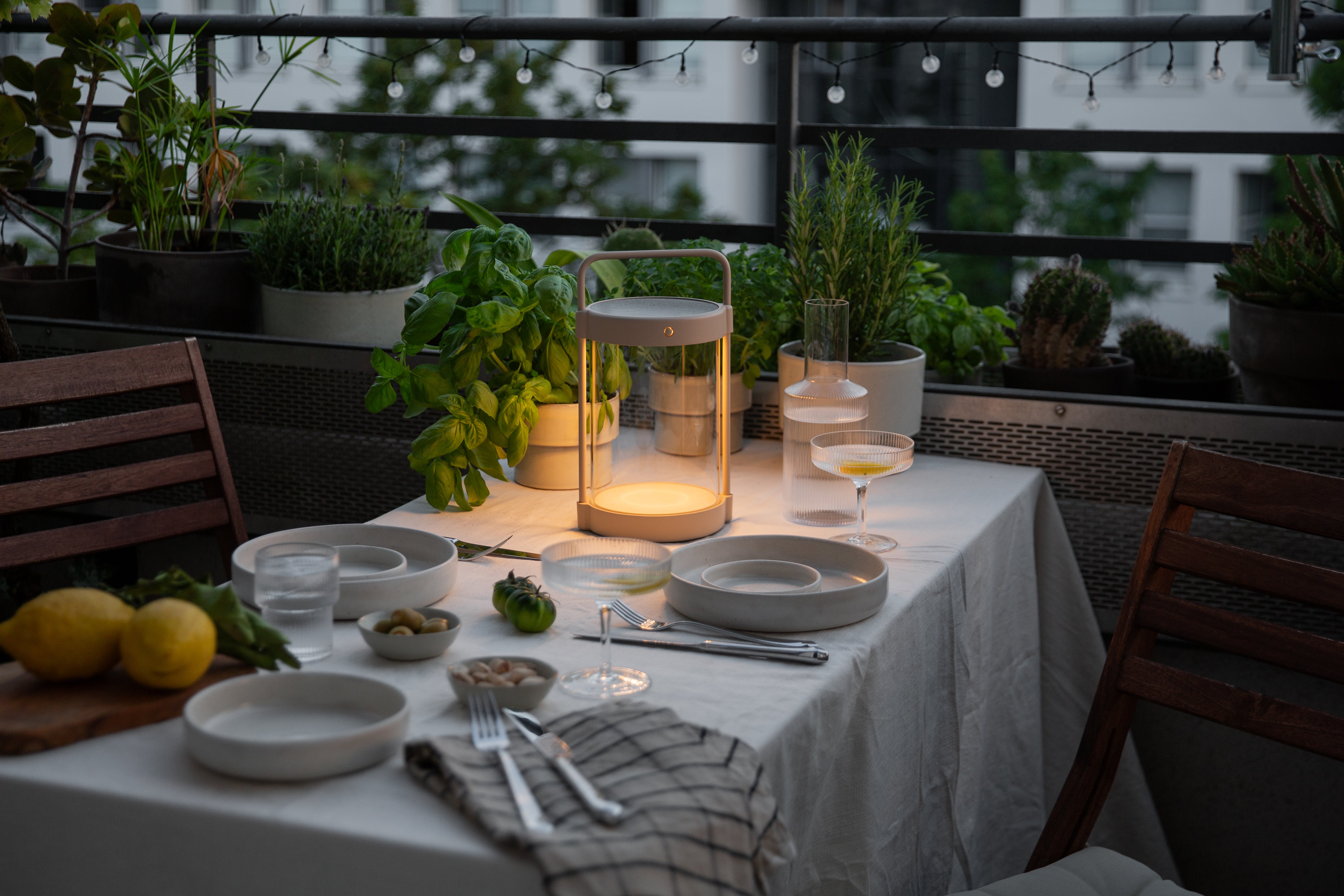
Modern Minimalism at Home
Minimalism meets functionality: How minimalist design can be not only beautiful, but also practical and sustainable.
In a world increasingly shaped by overstimulation, many crave clarity and simplicity at home. Modern minimalism offers a thoughtful response – harmoniously combining aesthetics with function. But how do you create minimalist spaces without sacrificing comfort or personality?
1. Less is more – but with intention
Minimalism doesn't mean empty rooms. It means reducing to the essentials – with purpose. Every piece of furniture and décor should serve a function and contribute to the overall aesthetic. Thoughtful selection and placement help create a calm, inviting atmosphere.
2. Functionality as a design principle
The principle of “form follows function” is key in minimalist interiors. Furniture and objects should look good – and meet everyday needs. Multifunctional pieces like portable lamps for indoor and outdoor use, modular lights such as the SOLIS collection with its removable solar module, or extendable tables and shelving systems offer flexibility and save space.
3. Natural materials and tones
Minimalist spaces benefit from natural textures – wood, stone, linen – which bring warmth and depth. Neutral tones like white, beige or grey promote openness and calm. Accent colors can be added sparingly to create contrast and visual interest.
4. Order through smart storage solutions
A tidy space feels larger and more relaxing. Built-in cabinetry or hidden storage under the bed keeps clutter out of sight. Open shelving can be used to display your favorite pieces with intention and style.
5. Light as a design element
Natural light is essential in minimalist design. Large windows, sheer curtains and light-colored walls help maximize brightness. In the evenings, well-placed light sources such as floor or table lamps enhance the mood. A great example of functional elegance is the Lyvo table lamp from LUUK Studio – combining clean lines with purposeful design.
Conclusion
Minimalism in interior design is more than just an aesthetic choice – it’s a mindset. One that places clarity, function and sustainability at its core. With carefully chosen furniture, lighting, colors and materials, you can create a home that feels calm, conscious, and perfectly suited to your needs.






Leave a comment
This site is protected by hCaptcha and the hCaptcha Privacy Policy and Terms of Service apply.